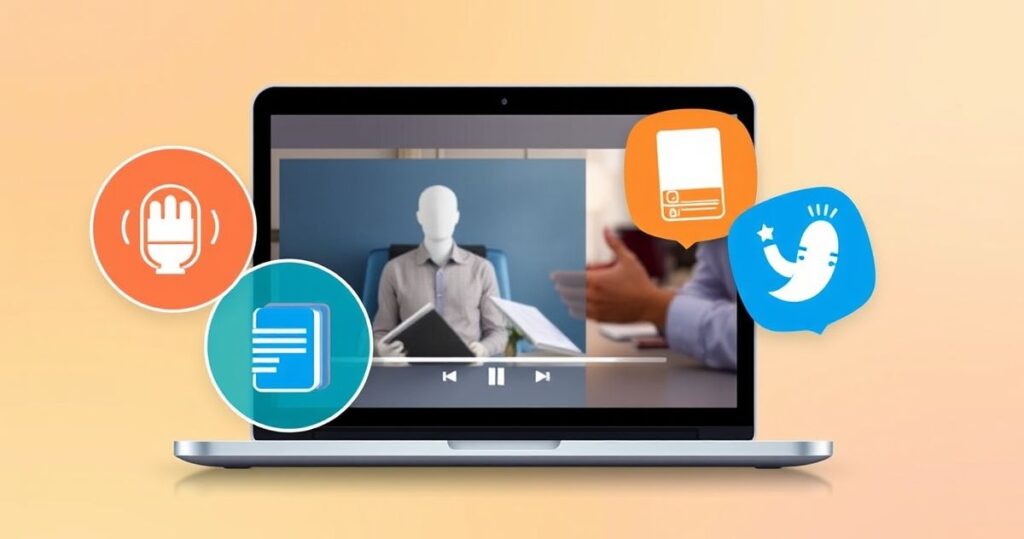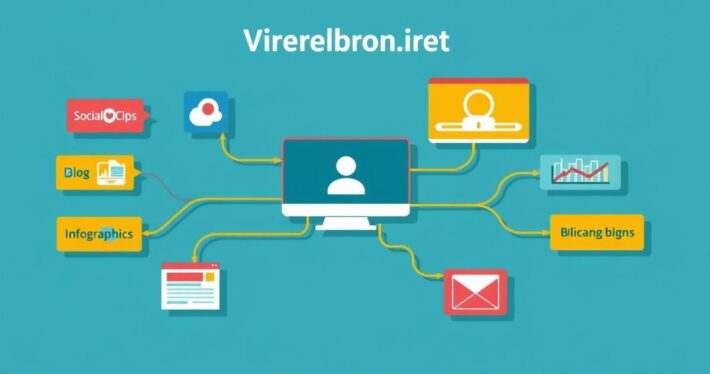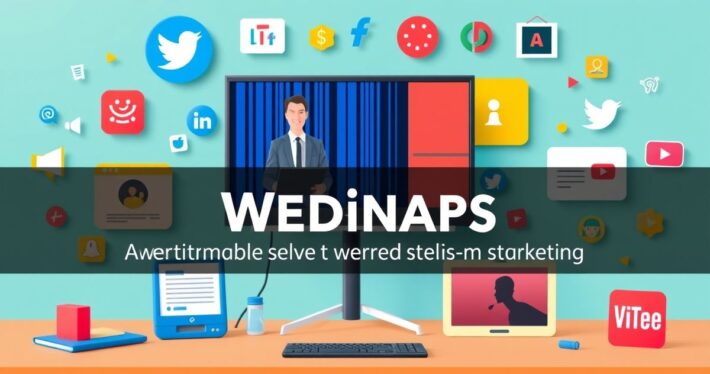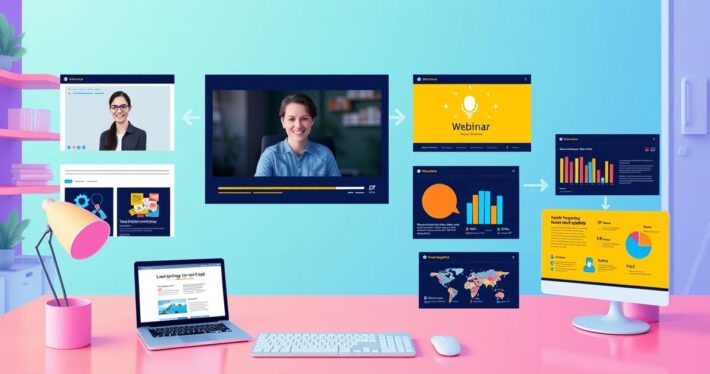Repurposing webinars into podcasts, eBooks, and more.

Creating webinars is a significant investment of time, energy, and resources. So, why let that content sit in the archives after the live event? The truth is, webinars are a goldmine of valuable information that can be repurposed into various formats—podcasts, eBooks, blog posts, social media snippets, and more. In this guide, we’ll explore how to breathe new life into your webinars and maximize every drop of their potential.
Why Repurpose Webinars?
Let’s start with the obvious question: Why should you bother repurposing webinars? Think of it this way: You’ve already done the heavy lifting. You’ve researched the topic, created the slides, and delivered a high-quality presentation. By repurposing that content, you’re essentially getting more mileage out of the same effort.
Plus, different audiences consume content in different ways. Some people prefer listening to podcasts during their commute, while others enjoy reading eBooks in their downtime. By transforming your webinar into multiple formats, you’re catering to diverse preferences and expanding your reach.
Here’s a quick analogy: Your webinar is the main course, but the repurposed content is the dessert, appetizers, and sides that make the meal complete and satisfying for everyone at the table.
Step 1: Transcribe Your Webinar
The first step in repurposing your webinar is transcribing the audio. Transcription tools like Otter.ai or Rev can help you convert the spoken content into text quickly and accurately. Why is this important?
Transcriptions serve as the foundation for nearly all repurposed content. They make it easy to extract key points, quotes, and actionable insights. Plus, a transcript is a boon for accessibility, ensuring your content is inclusive for all audiences.
Pro tip: If your webinar includes Q&A sessions, transcribe those too—they often contain valuable nuggets of information that resonate with your audience.
Step 2: Turn Your Webinar into a Blog Post
Once you have your transcript, transforming it into a blog post is straightforward. Start by identifying the key takeaways and structuring them into sections with clear headings. Use the content to create an engaging introduction, body, and conclusion.
For example, if your webinar was about “AI-Powered Marketing Tools,” your blog post could focus on “Top 5 AI Tools to Supercharge Your Marketing Strategy.” Add relevant visuals, like screenshots of your webinar slides, to make the post more engaging.
Bonus: Blog posts are SEO-friendly. By optimizing your post with relevant keywords, you’ll attract organic traffic long after the webinar is over.
Step 3: Create a Podcast Episode
Podcasts are booming, and they’re a fantastic way to repurpose your webinar. Start by extracting the audio from your webinar. Clean it up using editing software (like Audacity or Adobe Audition) to remove background noise or awkward pauses.
Next, add an intro and outro to set the tone and provide context. If your webinar was part of a series, mention upcoming episodes to keep listeners engaged. Finally, upload the episode to podcast platforms like Spotify, Apple Podcasts, or Google Podcasts.
Real-world example: A digital marketing agency repurposed their webinar on “Email Marketing Trends” into a podcast episode. Within weeks, it became one of their most downloaded episodes, attracting new leads and clients.
Step 4: Design an eBook
If your webinar focused on a specific topic, why not turn it into an eBook? Use the transcript to create chapters, and enhance the content with visuals, charts, and case studies. Tools like Canva or Adobe InDesign can help you design a professional-looking eBook.
Here’s a pro tip: Add exclusive content to the eBook that wasn’t in the webinar. This could be bonus tips, in-depth case studies, or actionable templates. It’s a great way to add value and incentivize downloads.
Once your eBook is ready, promote it as a lead magnet on your website. Offer it as a free download in exchange for email sign-ups—it’s a win-win for both you and your audience.
Step 5: Extract Social Media Snippets
Social media is perfect for bite-sized content. Clip short, impactful segments from your webinar and share them as video snippets, quote graphics, or carousel posts. For example:
- Share a 30-second clip of your favorite tip
- Turn a key statistic into an infographic
- Post a thought-provoking question from the Q&A session
Platforms like LinkedIn, Instagram, and TikTok thrive on this type of content. Plus, it’s an excellent way to drive traffic back to your webinar recording or related blog post.
Step 6: Build a Mini-Course
If your webinar was educational, consider turning it into a mini-course or online workshop. Platforms like Teachable or Kajabi make it easy to organize your content into modules and add quizzes or worksheets. Motivate email subscribers by offering the course as a freebie or discounted package to maintain lead engagement.
Step 7: Repurpose for Email Campaigns
Finally, don’t forget about email marketing. Use the webinar content to create a series of emails that educate, inspire, and engage your subscribers. For example:
- Email 1: Recap the key takeaways
- Email 2: Share a bonus tip or resource
- Email 3: Include a link to the full recording or related content
Emails are a direct way to nurture leads and keep your audience engaged long after the webinar ends.
Challenges and How to Overcome Them
Repurposing webinars isn’t without its challenges. Here are a few common hurdles and how to tackle them:
- Time Constraints: Repurposing can feel overwhelming. Solution: Start small. Focus on one format (e.g., a blog post) and expand from there.
- Content Overlap: Making each format feel unique. Solution: Tailor the content to suit the format. For example, a podcast can include casual conversation, while an eBook should be polished and professional.
- Technical Skills: Not everyone is a pro at video or graphic design. Solution: Use user-friendly tools or outsource to freelancers.
Final Thoughts
Repurposing webinars isn’t just a smart strategy—it’s essential in today’s content-driven world. By transforming your webinars into podcasts, eBooks, and more, you’ll amplify your reach, engage diverse audiences, and get the most out of your efforts.
So, the next time you host a webinar, don’t let it collect digital dust. Instead, think of all the ways you can repurpose it to create lasting value. After all, isn’t that what content marketing is all about?



